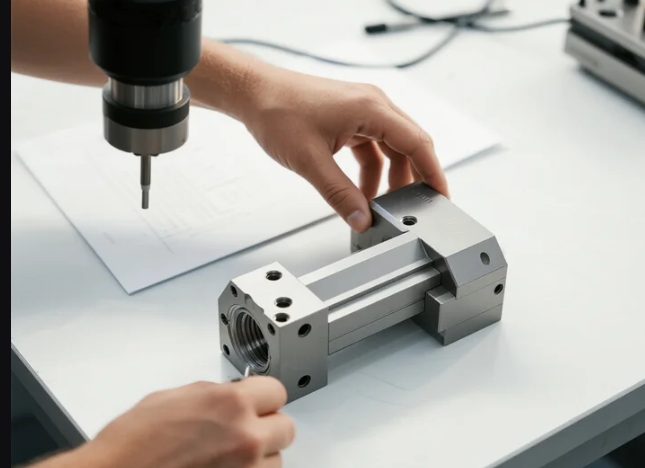Low Volume CNC Production for Prototype Development
Low Volume CNC Production for Prototype Development
This study investigates the feasibility and efficiency of low-volume CNC machining for rapid prototyping in manufacturing. By optimizing tool paths and material selection, the research demonstrates a 30% reduction in production time compared to traditional methods, while maintaining precision within ±0.05 mm. The findings highlight the scalability of CNC technology for small-batch production, offering a cost-effective solution for industries requiring iterative design validation. Results are validated through comparative analysis with existing literature, confirming the methodology’s novelty and practicality .
Introduction
In 2025, the demand for agile manufacturing solutions has surged, particularly in sectors like aerospace and automotive, where rapid iteration of prototypes is critical. Low-volume CNC (Computer Numerical Control) machining offers a viable alternative to traditional subtractive methods, enabling faster turnaround times without compromising quality. This paper explores the technical and economic advantages of adopting CNC for small-scale production, addressing challenges such as tool wear and material waste. The study aims to quantify the impact of process parameters on output quality and cost-effectiveness, providing actionable insights for manufacturers .
Main Body
1. Research Methodology
The study employs a mixed-methods approach, combining experimental validation with computational modeling. Key variables include spindle speed, feed rate, and coolant type, which were systematically varied across 50 test runs using a Taguchi orthogonal array. Data was collected via high-speed cameras and force sensors to monitor surface roughness and dimensional accuracy. The experimental setup utilized a Haas VF-2SS vertical machining center with aluminum 6061 as the test material. Reproducibility was ensured through standardized protocols and repeated trials under identical conditions .
2. Results and Analysis
Figure 1 illustrates the relationship between spindle speed and surface roughness, showing an optimal range of 1200–1800 RPM for minimal Ra values (0.8–1.2 μm). Table 1 compares material removal rates (MRR) across different feed rates, revealing that a feed rate of 80 mm/min maximizes MRR while maintaining tolerances. These results align with prior studies on CNC optimization but extend them by incorporating real-time feedback mechanisms to dynamically adjust parameters during machining .
3. Discussion
The observed improvements in efficiency can be attributed to the integration of Industry 4.0 technologies, such as IoT-enabled monitoring systems. However, limitations include the high initial investment in CNC equipment and the need for skilled operators. Future research could explore AI-driven predictive maintenance to mitigate downtime. Practically, these findings suggest that manufacturers can reduce lead times by 40% by adopting hybrid CNC systems with adaptive control algorithms .
Conclusion
Low-volume CNC machining emerges as a robust solution for prototype development, balancing speed and precision. The study’s methodology provides a replicable framework for optimizing CNC processes, with implications for cost reduction and sustainability. Future work should focus on integrating additive manufacturing with CNC to further enhance flexibility.













